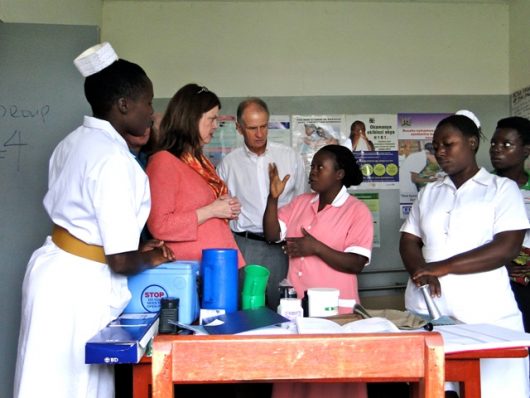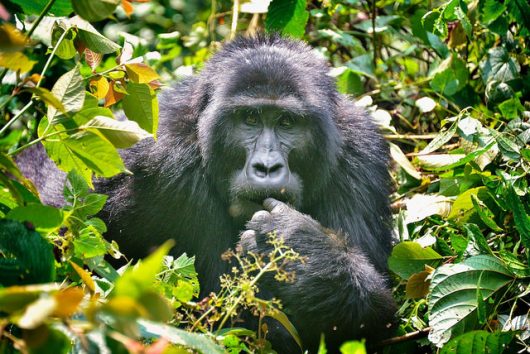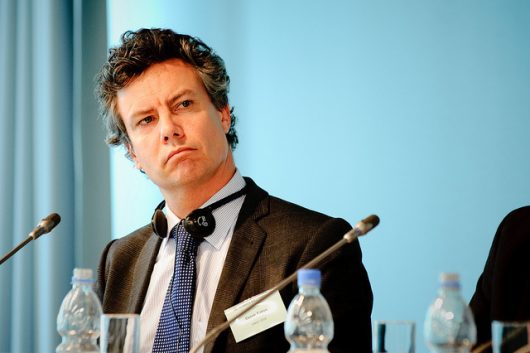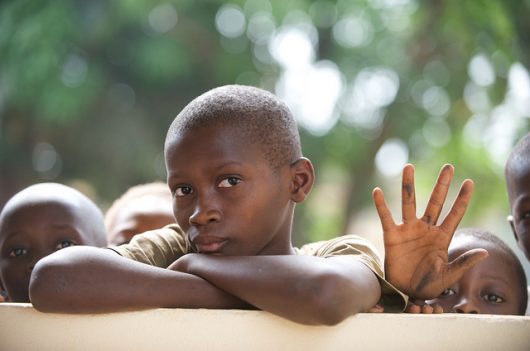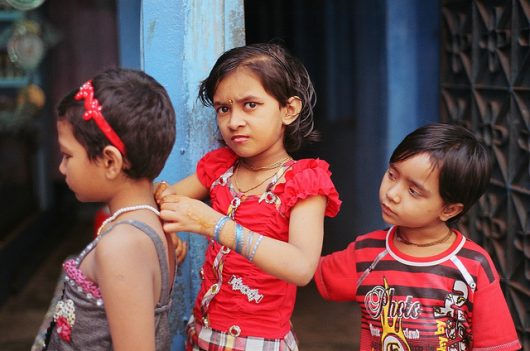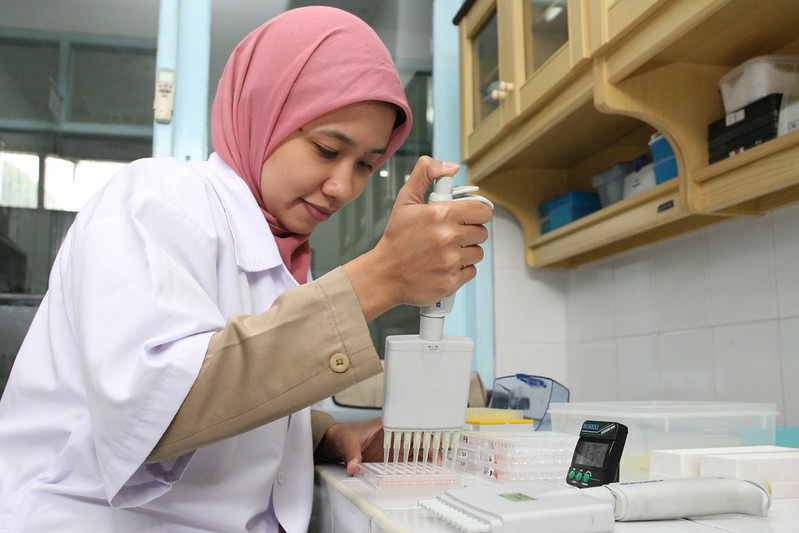 Early this year, the United Nations declared 2017 as the International Year of Sustainable Tourism for Development with the goal of alleviating poverty through tourism. According to the United Nations World Tourism Organization, the tourism industry has grown by 4 percent every year since the 1960s. In 2016 alone, about $1.4 trillion went towards tourism, making the industry’s potential for poverty alleviation promising.
Early this year, the United Nations declared 2017 as the International Year of Sustainable Tourism for Development with the goal of alleviating poverty through tourism. According to the United Nations World Tourism Organization, the tourism industry has grown by 4 percent every year since the 1960s. In 2016 alone, about $1.4 trillion went towards tourism, making the industry’s potential for poverty alleviation promising.
There are multiple factors that make the tourism industry well-suited for poverty alleviation. The first is the substantial “size and growth of the sector,” which has the potential to sustain development in many developing countries. Through foreign exchange earnings and job creation generated by the tourism industry, alleviating poverty through tourism is made possible. Currently, “tourism contributes to 5 percent of the world’s GDP” and has generated 253 million jobs.
Tourism also has the potential for sustainable growth in developing countries as tourist destinations diversify. In fact, tourism is already the “first or second source of export earnings” among 20 out of 48 of the world’s least-developed countries. For some of these nations, tourism accounts for more than 25 percent of GDP. Alleviating poverty through tourism in these areas would be highly effective as long as tourism is focused on development.
Developing countries have a “comparative advantage” in tourism because tourists look for many features that these nations share. These features include “warm climate, rich cultural heritage, inspiring landscapes and abundant biodiversity.” With these features being most apparent in rural areas, poverty may be alleviated by making destinations out of poorer places.
The tourism industry is also relatively labor-intensive and generates jobs that require little investment. This opens up job opportunities for many people in developing countries including women, young people and minorities. Tourism provides connectivity between sectors and links consumers to producers. Multiple economic sectors benefit from tourism as touring consumers buy a variety of goods. With this connection, both the consumers and producers benefit from increased local investment.
Although there are many pros to alleviating poverty through tourism, developing countries are not seeing the impact from tourism that most may expect. The Global Tourism Dashboard measured the impacts of tourism in 2016 and determined that only 5.6 percent of tourism expenditure went to developing countries. Instead of benefiting these nations, global tourism benefits the economic exchange of rich countries.
For the $79 billion that was spent in 2016 by tourists in developing nations, much of this money did not make a significant impact. The little impact tourism is making is exemplified by Thailand, which is the world’s fourth-most popular destination yet is still classified as a developing country. This shows that cash injection does not necessarily lead to development.
Before tourism can make a profound impact on developing countries, the problem of “leakage” needs to be addressed. Leakage is when a country is spending a “considerable proportion of tourist dollars before they can multiply in the local economy.” This is a significant problem as leakage ranges from 40 to 80 percent in developing countries. Alleviating poverty through tourism will take more than simply expanding the tourism industry.
Although tourism is not currently the most effective way to alleviate poverty, there is still potential for the industry. Countries such as Samoa, Ecuador, Fiji and South Africa are all examples of how tourism can factor into development. For Samoa specifically, tourism is “one of the economy’s main pillars” as the industry contributed to 20 percent of its GDP. This was done through leakage reduction, concentration on local development and investment in training for tourism jobs by the government.
Aside from governmental regulations in developing countries, alleviating poverty through tourism can be made possible through international and individual assistance. International organizations can assist tourism industries in developing countries through financing “transport connectivity” to reduce leakage. Also, training locals for tourism jobs so that the industry can be run by domestic stakeholders is critical for potential development. On an individual level, tourists can support development by making “ethical travel choices.” This means “going local” to benefit the local community rather than deciding to visit and invest in typical tourist destinations.
There is potential for alleviating poverty through tourism as long as developing nations are given the assistance needed to make it work.
– Haley Hurtt
Photo: Flickr
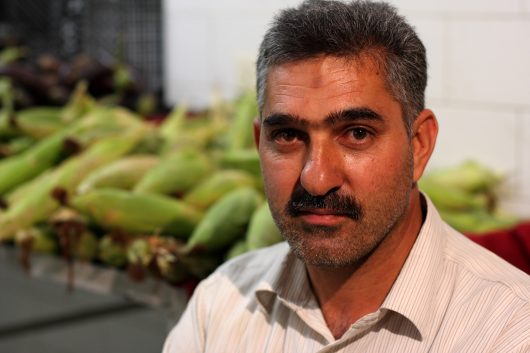 Although Iran is both the
Although Iran is both the 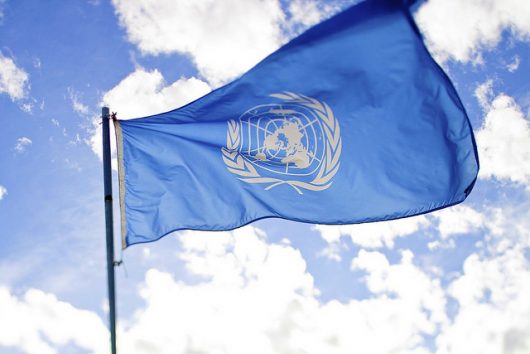 After meeting in Rio de Janeiro, Brazil in 1992 to discuss sustainable development during the World Summit, the United Nations published Agenda 21. The
After meeting in Rio de Janeiro, Brazil in 1992 to discuss sustainable development during the World Summit, the United Nations published Agenda 21. The 
